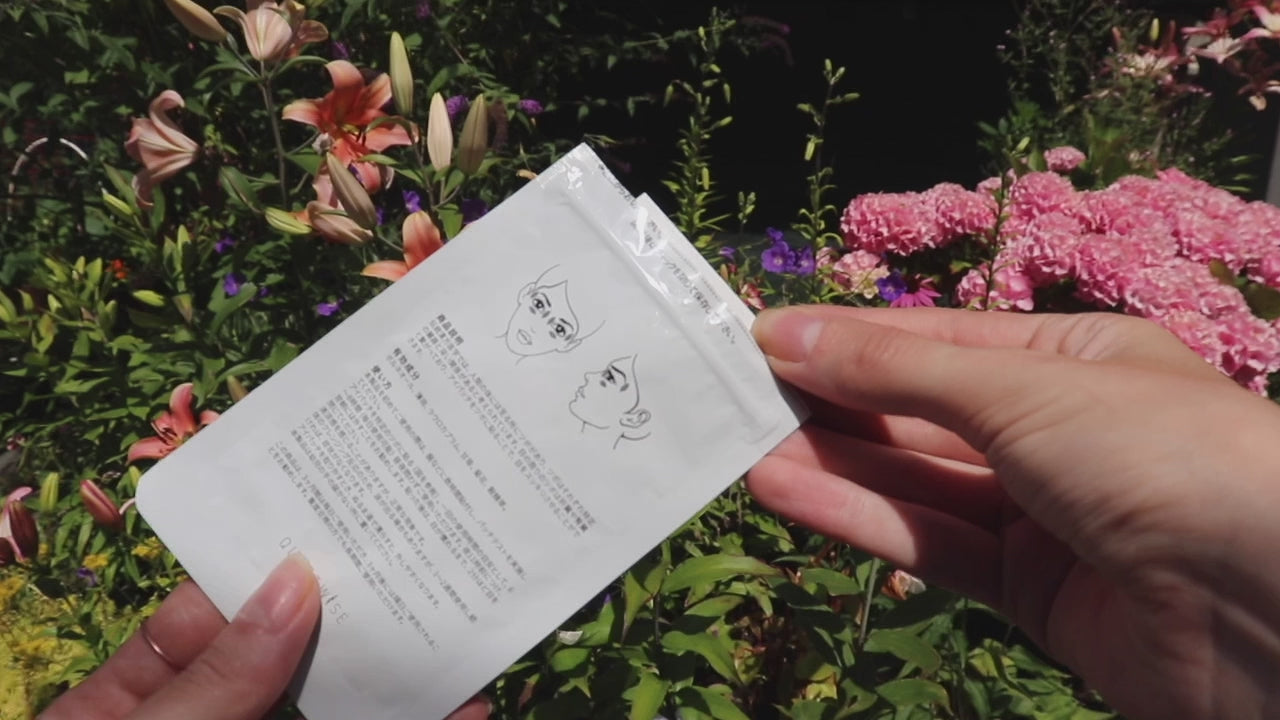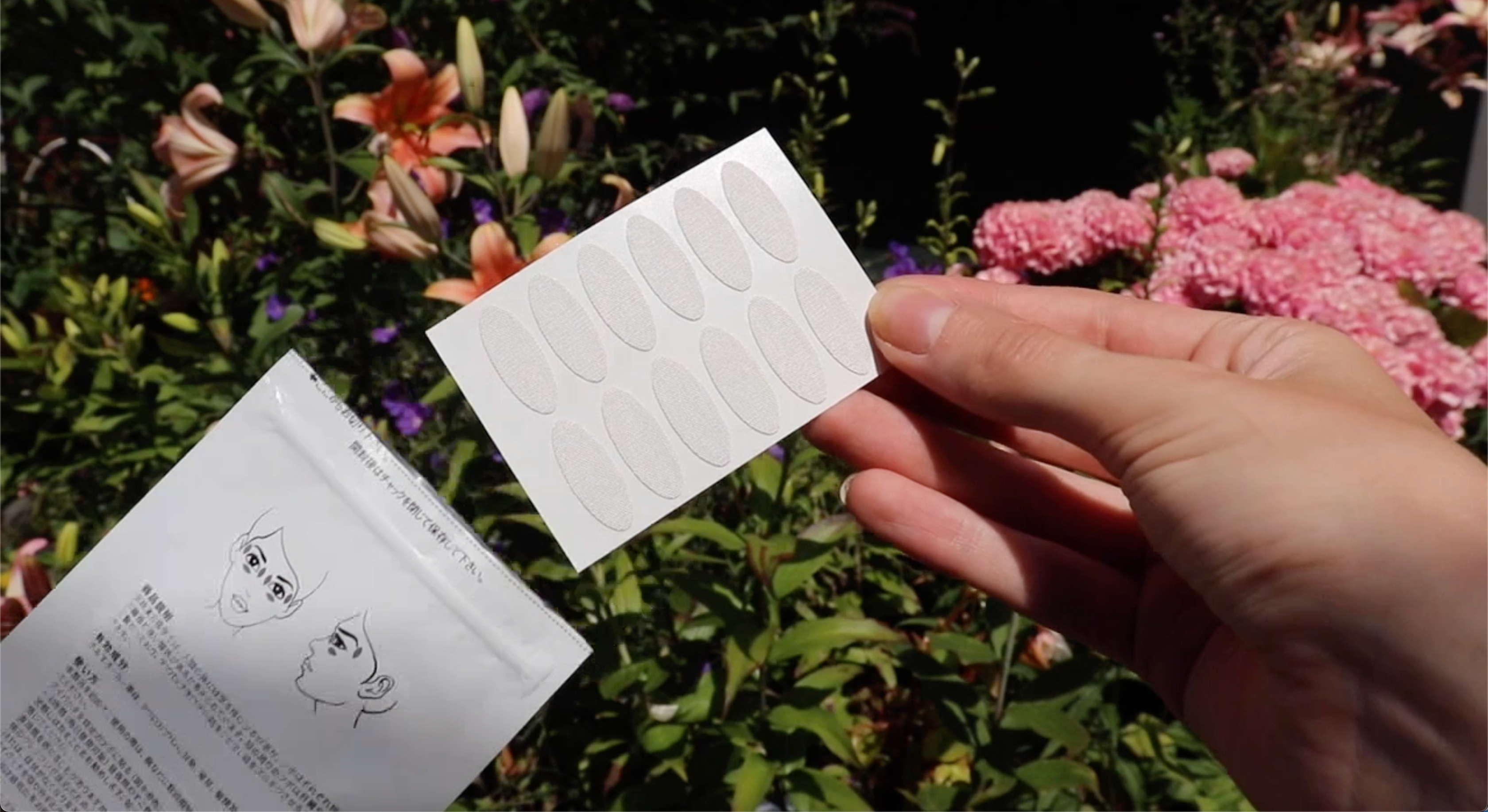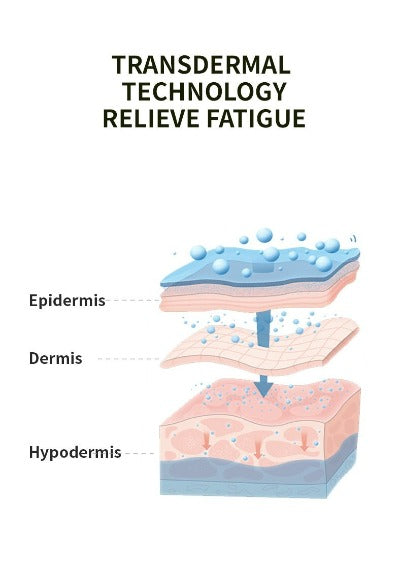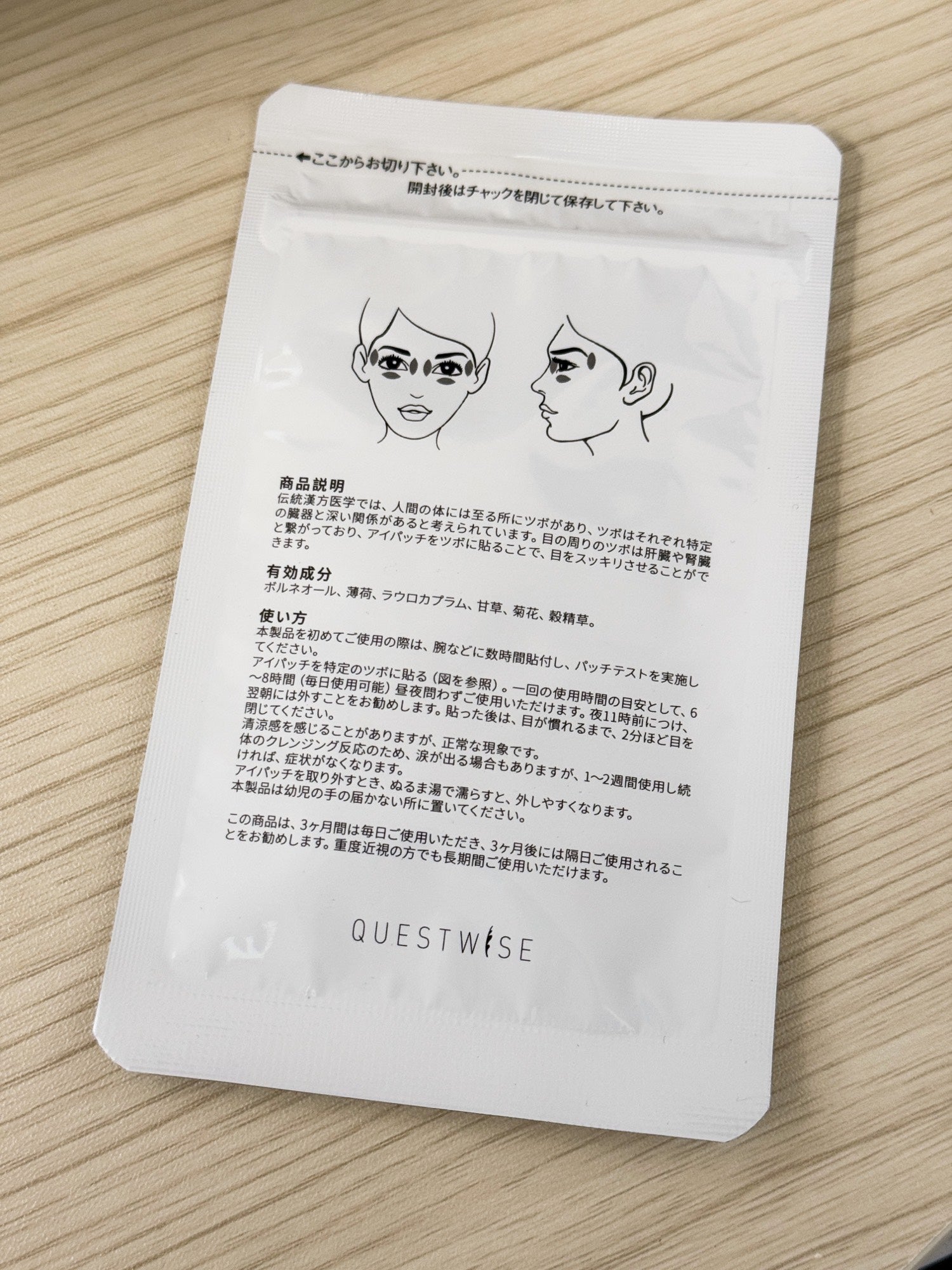That small, annoying shadow that drifts across your vision—you've probably seen it before. It might look like a speck of dust, a cobweb, or a tiny thread. You try to focus on it, but it seems to dart away as soon as you move your eye. This common visual phenomenon is known as an eye floater, and for most people, it's a completely normal part of aging.
However, a sudden increase in floaters, especially when accompanied by flashes of light, can be a sign of a more serious eye condition that requires immediate medical attention.
In this comprehensive guide, we'll dive into the world of floaters. We'll explore what they are, why they happen, and most importantly, how to tell the difference between a harmless floater and a symptom that signals a medical emergency.
What Exactly Are Eye Floaters?
To understand what floaters are, you need to know a little about the inside of your eye. The main cavity of your eye is filled with a clear, gel-like substance called the vitreous humor (or simply "vitreous"). This gel helps maintain the eye's shape and provides a clear pathway for light to reach the retina, the light-sensitive tissue at the back of your eye.
As you get older, the vitreous gel naturally starts to liquefy and shrink. As it does, tiny collagen fibers within the gel can clump together. These clumps or strands cast shadows on your retina, and that’s what you see as floaters. Since they're inside your eye, they don't block your vision in a fixed spot but instead "float" and drift as your eye moves.
Common types of floaters include:
-
Small, dark dots or specks.
-
Wavy, transparent lines or threads.
-
Large, cobweb-like shapes.
They are typically most noticeable when you look at a bright, uniform background, like a clear blue sky, a white wall, or a computer screen.
The Most Common Cause: Posterior Vitreous Detachment (PVD)
The most common reason for a sudden onset of floaters is a condition called Posterior Vitreous Detachment, or PVD. As the vitreous gel liquefies, it can pull away from the retina. This is a normal, age-related process that happens to most people, typically between the ages of 50 and 70.
When this detachment occurs, the vitreous can tug on the retina, and as it pulls away, it can release small clumps of collagen and cells. These are the new floaters you might suddenly notice. PVD is generally not a threat to your vision, but it's crucial to be monitored by an eye care professional to ensure the detachment is happening smoothly.
When to Take Floaters Seriously: The Warning Signs
While most floaters are harmless, a sudden and significant change in their appearance can signal a serious underlying problem. You should consider any of the following symptoms an emergency and seek immediate medical help from an ophthalmologist.
-
A Sudden Shower of New Floaters: If you suddenly see a large number of new floaters all at once, it's a major red flag. This can mean the vitreous is pulling away from the retina with more force than usual.
-
Flashes of Light (Photopsia): This is the most critical warning sign. When the vitreous pulls on the retina, it can stimulate the retinal cells, causing you to see flashes of light or streaks, often described as lightning or sparkles.
-
A Curtain or Shadow in Your Vision: If you notice a dark "curtain" or "veil" gradually blocking part of your vision, this is a clear sign of a serious condition.
These three symptoms, especially when they occur together, can be signs of a retinal tear or, even worse, a retinal detachment.
-
Retinal Tear: As the vitreous pulls on the retina, it can tear a small hole in the delicate tissue. This tear allows fluid to pass through and get under the retina.
-
Retinal Detachment: Once fluid gets under the retina, it can peel the retina away from the back of the eye, separating it from the blood vessels that provide oxygen and nutrients. A retinal detachment is a sight-threatening emergency that can lead to permanent vision loss if not treated promptly.
What Happens During a Retinal Detachment?
A retinal detachment is like a piece of wallpaper peeling off a wall. Once it starts to detach, the cells can no longer function properly. This causes a sudden and significant loss of vision. The detached retina must be surgically reattached as soon as possible, ideally within 24 to 48 hours, to prevent irreversible damage.
How an Eye Doctor Can Help
If you experience any of the warning signs, it is vital to get a comprehensive eye exam from an ophthalmologist. This is not a condition you should wait out or "see how it goes."
During the exam, the doctor will likely perform a dilated fundus examination. They will use special eye drops to widen your pupils, which allows them to get a clear view of the retina and the vitreous gel at the back of your eye. The doctor will look for any signs of tears, detachments, or other abnormalities.
-
If they find a retinal tear, they may recommend a laser surgery or cryopexy (freezing) to seal the tear and prevent a detachment. These are quick, in-office procedures that are highly effective.
-
If a retinal detachment is present, they will recommend a surgical procedure to reattach the retina. Common procedures include scleral buckling, vitrectomy, and pneumatic retinopexy. The type of surgery depends on the location and severity of the detachment.
Living with Floaters: What to Do
For most people, floaters are just a normal part of aging and do not require treatment. If your doctor has confirmed they are benign, the best strategy is to learn to live with them.
-
Don't try to "get rid of them": The more you focus on them, the more you'll notice them. Your brain is good at adapting and learning to ignore visual distractions. Over time, your brain will likely filter them out, and you'll become less aware of them.
-
Avoid surgery unless necessary: There are some surgical procedures to remove floaters (like a vitrectomy), but these are generally reserved for cases where the floaters are so large and numerous that they significantly impair vision. The risks associated with these surgeries, such as cataracts and retinal detachment, often outweigh the benefits for simple, benign floaters.
-
Protect your eyes: Wear sunglasses with UV protection to keep your eyes healthy. Maintain a healthy diet rich in vitamins and antioxidants, as this can support overall eye health.
Conclusion
While seeing a floater can be alarming at first, remember that they are an extremely common and usually harmless occurrence. The key is to know the difference between a minor annoyance and a medical emergency. Pay close attention to your vision. If you notice a sudden increase in floaters, flashes of light, or a shadow blocking your vision, do not wait. Seek immediate medical attention. Your vision is priceless, and a prompt diagnosis can save your sight.
FAQs: Your Questions, Answered
Q1: Can eye floaters be a sign of a brain tumor or other serious disease? A1: It's very unlikely. The vast majority of floaters are caused by the natural aging of the eye's vitreous gel. While in rare cases, other conditions like inflammation or a hemorrhage can cause floaters, they are almost never a sign of a brain tumor. If you have concerns, an eye exam can provide peace of mind and rule out any serious conditions.
Q2: Will eye drops or a special diet help get rid of my floaters? A2: No. Floaters are physical clumps of collagen inside your eye. Unfortunately, there are no eye drops, vitamins, or dietary supplements that can dissolve or eliminate them. The best approach for benign floaters is to let your brain learn to ignore them.
Q3: Is it safe to get laser surgery to remove my floaters? A3: There is a laser procedure called YAG laser vitreolysis that some doctors use to break up floaters. However, it's a controversial procedure. It is not as effective for all types of floaters and carries potential risks, including damage to the retina. Most ophthalmologists recommend against it unless the floaters are exceptionally large and truly interfere with a person's quality of life.
Q4: I am nearsighted. Does that increase my risk of having floaters? A4: Yes, it does. People who are nearsighted (myopic) tend to have a longer eyeball. This puts more stress on the vitreous and the retina, making them more prone to a Posterior Vitreous Detachment (PVD) and, consequently, a higher risk of developing a retinal tear or detachment. If you are highly myopic and start seeing new floaters or flashes, you should get your eyes checked immediately.
Q5: Can I prevent floaters from appearing? A5: You can't prevent age-related floaters, as they are a natural part of the aging process. However, maintaining a healthy lifestyle, protecting your eyes from sun damage with UV-blocking sunglasses, and getting regular eye exams are the best ways to keep your eyes healthy and address any issues early.
















